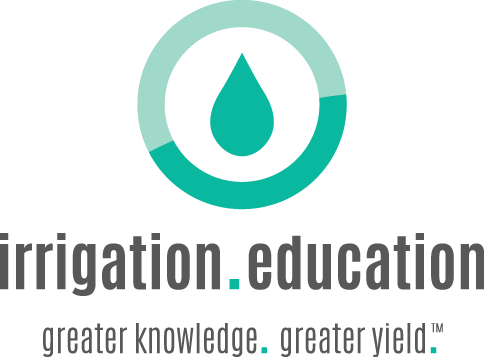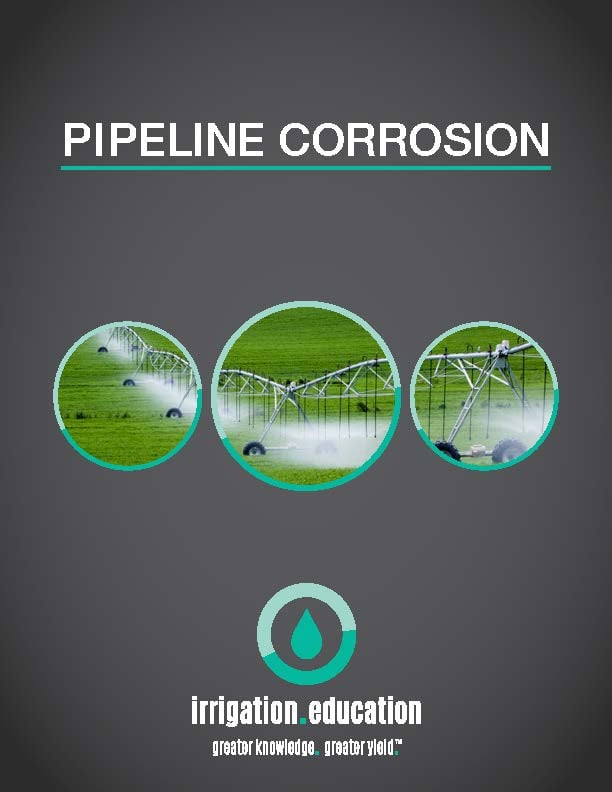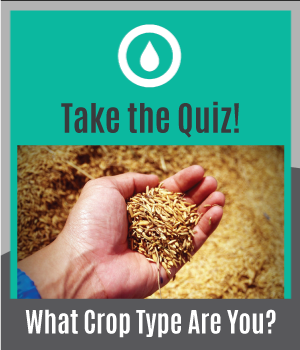Generation upon generation of Nebraska farmers have worked to optimize their use of water through irrigation. In recent years, Variable Rate Irrigation (VRI) – which matches the water application rate of center pivots to specific areas of a farmer’s field that need more or less water – has garnered attention as a way to optimize water use and yields.
Additional VRI benefits may include decreasing pumping energy costs, lowering the frequency of stuck pivots due to over irrigation, avoiding chemigation over non-cropped areas, reducing runoff and decreasing nitrate leaching. And now, University of Nebraska-Lincoln students and professors are putting VRI on the map, so to speak.
VRI Mapping Tool
Over the past several years, Derek Heeren, an assistant professor in the Biological Systems Engineering department at UNL, and his team of graduate students have been on the leading edge of VRI research. This fall, Heeren’s team publically launched a free, online map that estimates potential pumping reductions by using VRI.
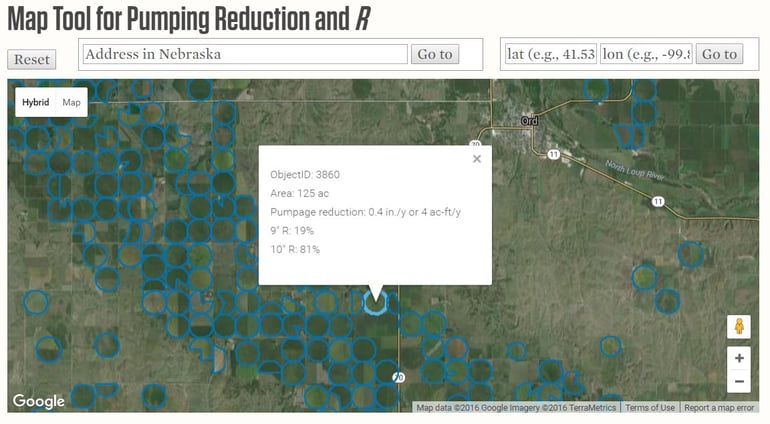
Here’s how it works: Imagine a farmer in Loup City wants to know how much water he could save by adopting VRI technology. Using the map, he zooms in on a specific field to see that 0.3 inches per year (or 3 acre feet per year, depending on the size of the field) could be saved using VRI. Likewise, an adjacent field with different soil water storage capacity could save 0.5 inches per year or 5 acre feet.
“This is important to producers because they want to be confident about the benefits of a new technology before they invest in it," Heeren says. "This is the first time that the benefits of VRI have been analyzed for a whole state.”
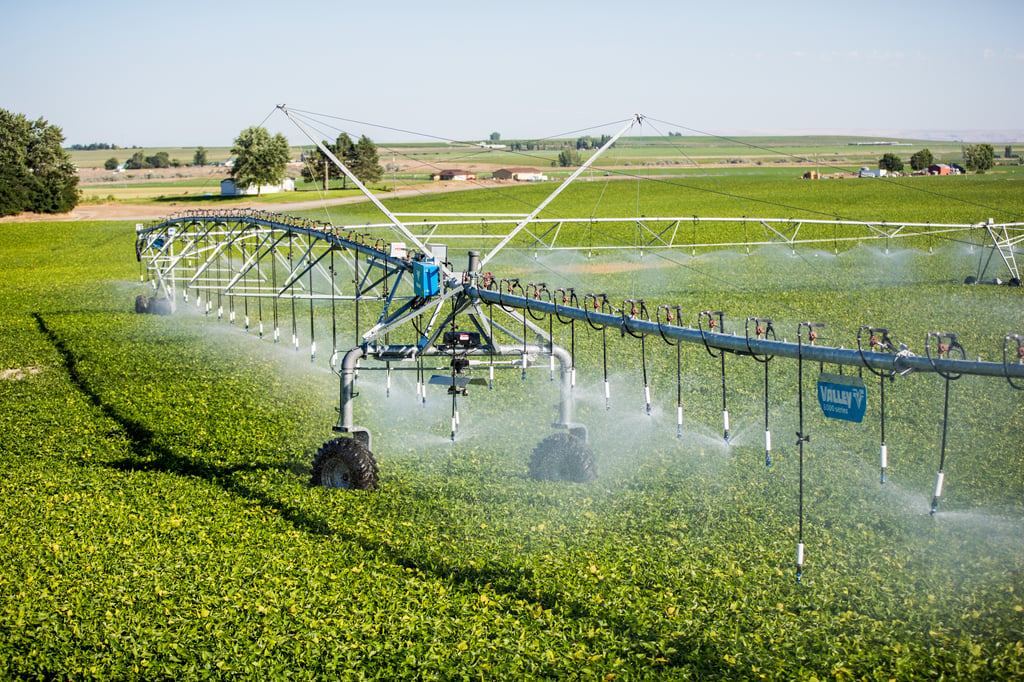
Potential Yield Increases and Pumping Reductions
Heeren’s former graduate student Tsz Him Lo analyzed potential pumping reductions through VRI as part of his master’s thesis. Utilizing the NRCS Soil Survey Geographic database, Lo looked at the field-average amount of root zone available water capacity that is unutilized by conventional irrigation in over 49,000 center pivot irrigated fields in Nebraska.
This data was then used to quantify potential for irrigation reductions by maximizing the use of precipitation (via soil water storage). Since VRI is a cost to producers, this research helps them decipher whether those costs are offset or even outweighed by cost savings in pumping reductions. The results showed that, for Nebraska, two percent of pivots could have a pumping reduction of at least two inches per year. Producers should also consider potential yield increases from VRI when deciding whether to invest in this technology.
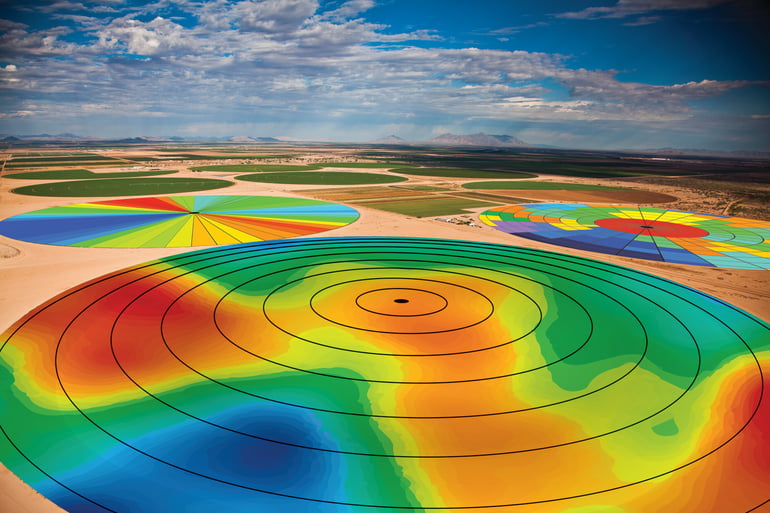
Heeren is one of 84 University of Nebraska faculty contributing research and expertise to the Robert B. Daugherty Water for Food Global Institute. The institute’s mission is to address the global challenge of achieving food security with less stress on water resources by improving water management.
“Nebraska as well as the global community is interested in food production and conserving water resources. WFI is at the forefront of these challenges. VRI is a technology that allows us to manage water and crops more precisely.”

 Jesse Starita, Education/Outreach Associate
Jesse Starita, Education/Outreach AssociateJesse Starita engages citizens, scientists, students, producers and policymakers on local and global water and agriculture issues. Through videos, articles, photography, interviews and outreach events, he publicizes the activities of the Water for Food Global Institute and Nebraska Water Center. Starita also coordinates the institute’s Water Advanced Research and Innovation Fellowship Program (WARI), an exchange program between young water scientists from India and the University of Nebraska-Lincoln.

